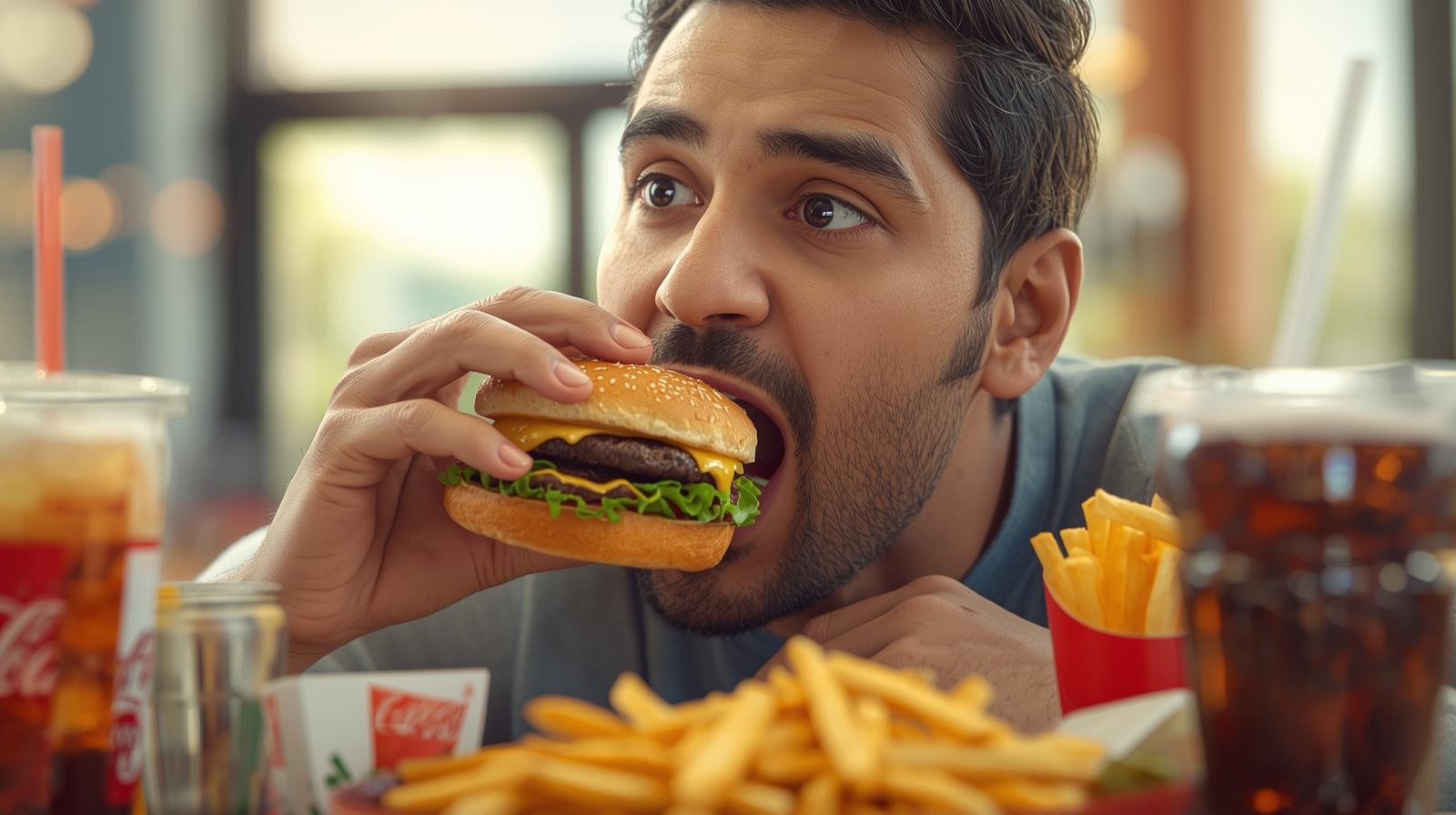
Relief from Bloating: The Benefits of Drinking Cor
Regularly consuming coriander seed water can alleviate bloating and enhance digestion naturally, say

This article is for informational purposes only and does not provide medical or dietary advice. If you suspect disordered eating or food addiction, consult a certified nutritionist or healthcare professional.
Have you ever found yourself consuming an entire bag of chips when you only intended to snack a little? You’re not alone, and it’s not simply a failure of willpower. The science behind your inability to resist certain snacks lies in neuroscience, food chemistry, and behavioral psychology.
Researchers in food science and psychology delve into why many snacks are made to keep us coming back for seconds. Here’s what they’ve discovered about the addictive nature of your favorite treats — and how you can take back control.
The most tempting snacks — think chips, cookies, and fast food — share a key secret: the bliss point.
This term, introduced by food scientists, describes the ideal mix of sugar, fat, and salt that maximizes pleasure with each bite.
Each of these components affects the brain uniquely:
Sugar triggers dopamine release, creating a pleasure response similar to addictive drugs.
Fat adds richness and fullness, enhancing texture and mouthfeel.
Salt heightens flavor and boosts dopamine even further.
Together, these elements overwork the brain's reward system, inducing cravings even after you’re full.
Whenever you indulge in a highly palatable snack, your brain generates dopamine, the chemical tied to pleasure and motivation.
With time, your brain begins to associate these foods with instant satisfaction — not with hunger.
This forms a dopamine feedback loop:
You eat → dopamine surges → joy follows → dopamine levels drop → desire arises again.
This loop is akin to the biological processes seen in other addictions, explaining why saying no to chips can seem downright impossible.
Interestingly, the sound of food also contributes to its addictiveness. Studies indicate that crunchy textures stimulate the sensory areas of the brain more than softer foods.
The crunch of a crisp or the snap of a cookie provides satisfaction and signals freshness, pushing you to keep eating.
Snack manufacturers even engineer their products to create the ideal crunch sound — one that subconsciously makes consumers reach for more.
Refined carbohydrates like white flour and corn starch break down quickly into glucose, resulting in a blood sugar spike followed by an abrupt crash.
This crash can create fatigue and reignite hunger, leading to a cycle of overeating.
Thus, snacks like crackers and chips often result in binge eating — they digest too rapidly to keep you satisfied for long.
Food addiction goes beyond biology; it’s also linked to emotions and environment.
Feeling stressed, bored, or low can heighten your cravings for “comfort foods” that quickly boost dopamine levels.
Additionally, factors like marketing strategies and packaging also influence our cravings. Bright colors, enticing aromas, and even convenient packaging are designed to trigger cravings before you even take a bite.
Many well-known snack brands employ engineering techniques to enhance the craveability of their products.
These methods include:
Using aroma compounds to provoke hunger
Crafting specific fat blends for a “melt-in-your-mouth” sensation
Modifying salt particle sizes for explosive flavor
The consequence? Snacks are not only designed to taste exceptional, but they entice you to want more even before you finish the first serving.
Fortunately, you can manage food cravings. Nutrition specialists recommend:
Eat balanced meals: Incorporate protein, fiber, and healthy fats for fullness.
Avoid processed foods: Opt for whole alternatives like nuts, fruits, or yogurt.
Practice mindfulness: Reflect before snacking — are you truly hungry or stressed?
Hydration is key: Thirst can oftentimes mimic hunger.
Awareness is the essential first step toward regaining control. When you grasp the science behind cravings, you can make informed food selections that nourish rather than deceive.
Ultimately, your inability to resist those snacks isn’t solely your fault — it’s the interplay of science, psychology, and marketing. Understanding the mechanisms empowers you to choose wisely, eat mindfully, and escape the enticing trap of hyper-palatable snacks.